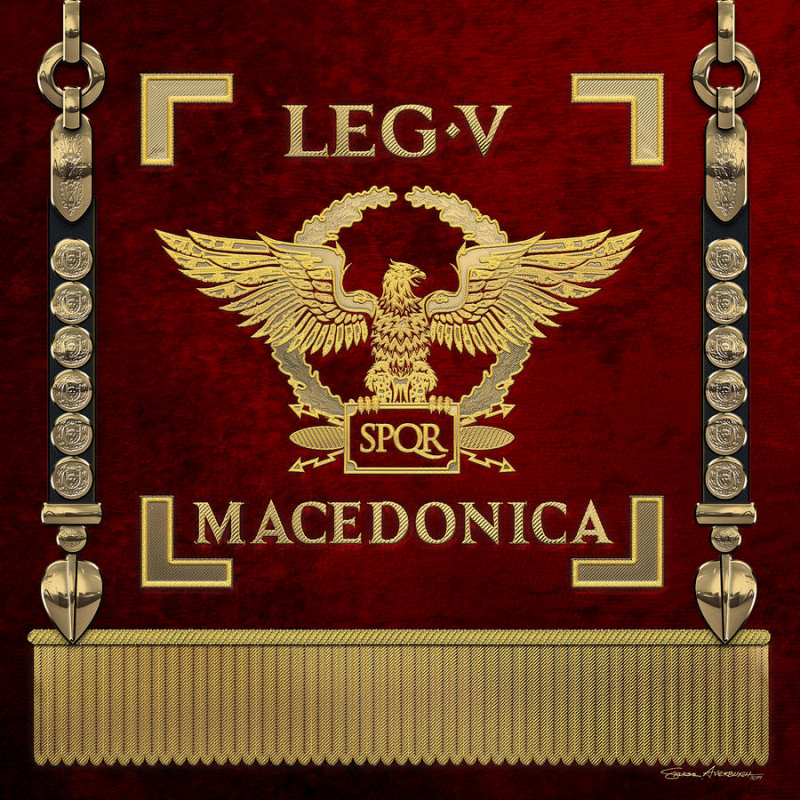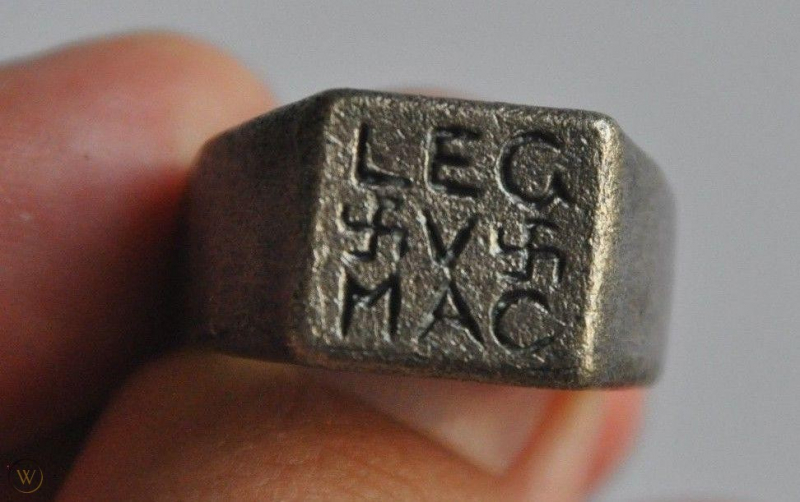Legio V Macedonica

The Legion V Macedonica is one of the rare ancient Roman Legions that can be traced back to the end of the Republic, while its end came at the dawn of the Middle Ages. This enduring legion was founded by Octavian (later Emperor Augustus) in 43 BC. After the Battle of Actium, where the Fifth probably acted, the unit became one of the 28 permanent legions of the Roman Empire. For a short time, this unit was stationed in Macedonia before moving to Danubian limes. The legion's symbol is an eagle, Jupiter's favorite bird.
Like most Roman legions, the Legion V Macedonica or its detachments were moved to crisis zones in different parts of the Roman Empire. During the first and second centuries, the Fifth saw action in the First Judea-Roman War, Emperor Trajan's Dacian War, Lucius Verus' campaign against the Empire Parthia, and Marcus Aurelius' battle with Quadi and Marcomanni on the Danube. The Corps has achieved many distinctions for its service, most notably Pia Fidelis and Pia Constans. The unit remained in the East, fighting against the Sassanid Persians, before being moved to Egypt in the fourth century. Egypt became the fifth Macedonian base, and it was from here that the legion reached Yarmuk in 636 to respond to its doom in the war against the Arab invaders. Its endurance makes the Legion V Macedonica the longest-lasting Roman legion in history.







